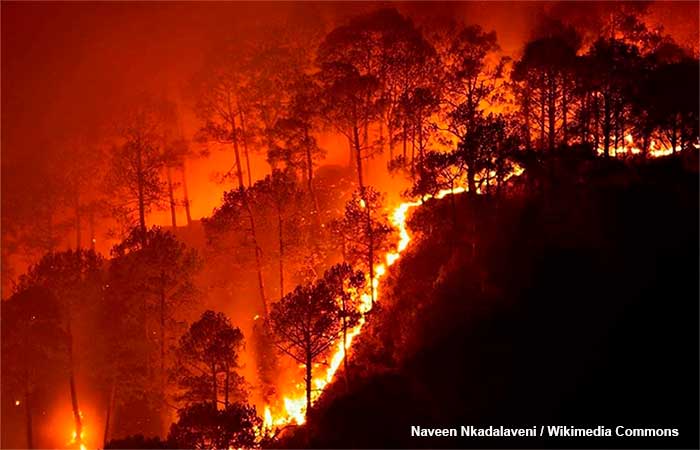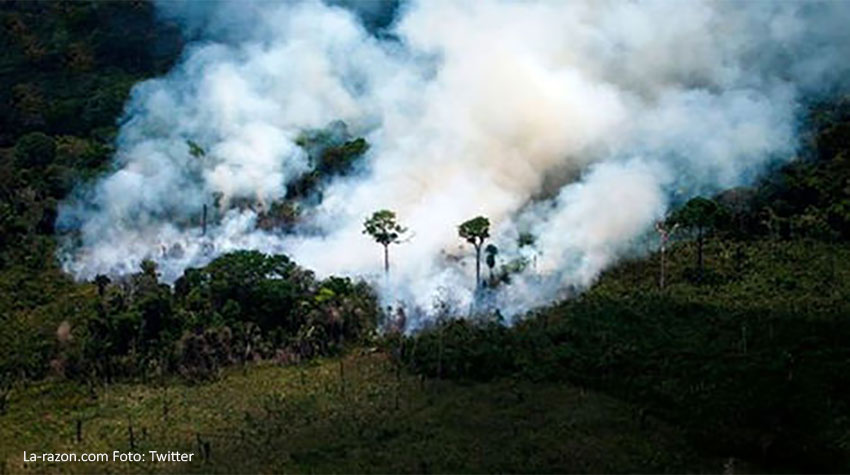FAQs about Wildfires

5. What is the relationship between deforestation and forest fires?
In large-scale deforestation, as the trees in a forest are cut down and their areas cleared, to supply the timber industry with logs and obtain spaces for planting and cattle raising, the forest gradually loses its humid nature and becomes prone to fires.
A clear example of this is found in the Borneo rainforest. Starting in the 1970s, hostile deforestation to obtain wood began in the lung of Southeast Asia, which increased in intensity in the 1980s and 1990s. After that, the rainforest, where humidity and mud made it difficult to light a fire, became an arid territory prone to continuous forest fires, many of them provoked, whose effects have been felt in other regions. What happened in Borneo was not a natural disaster as a result of an earthquake or a hurricane. It was an anthropogenic disaster, undoubtedly the work of Homo sapiens.
FAQs about Wildfires
1. What is a wildfire, and which are the most affected countries?
2. What are the causes of wildfires?
3. What are the consequences of wildfires?
4. Are wildfires a cause or consequence of global warming?
5. What is the relationship between deforestation and forest fires?
6. Why is it difficult to regulate the deforestation of forests?
7. How is biodiversity affected by forest fires?
8. How does smoke from fires affect air pollution?
Other sections of Wildfires
Articles
It is no little that is at stake in the Amazon rainforest. The lung of the world should not be a token in a casino roulette. This biodiversity emporium is about 7 million km2, it is 12 times the size of Spain, it has 80,000 kinds of trees, 140,000 species of plants, 20% of the world’s species. Keep reading…
And you can also see it in…
Infographics

Photo Gallery

Video gallery



